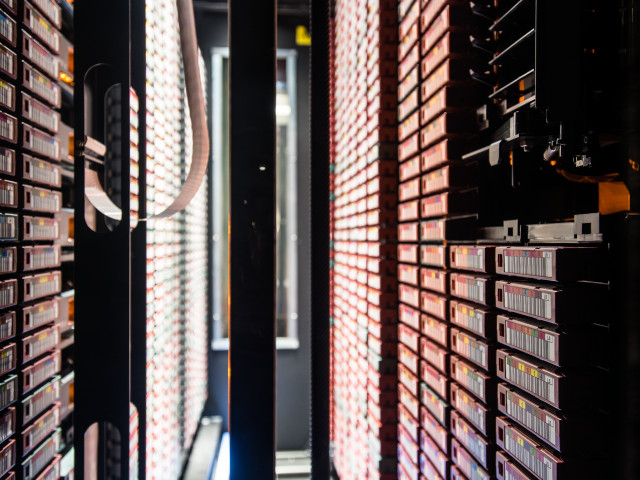Examination takes place continuously during the course with three control tests.
Re-examination takes the form of a written exam in the re-examination period. The exam is structured in three parts, where each part corresponds to one of the course's written controls. Anyone who fails one or more control tests needs to be approved for the corresponding parts of the written exam.
Transitional rules for old students:
Re-examination takes the form of a written exam in a re-examination period. Anyone who fails the previous exam must pass all three parts of the exam.
This course covers communication networks based on the physical communication (by means of electric signals or electromagnetic waves) to the use of communication services over a net, such as the Internet. This corresponds to the following course modules:
Computer Networks - how data can be communicated between two parties with arbitrarily low probability of error.
Data links and local networks - a data link can be used by several senders to reach several receivers and to build local networks.
The multi-link nets - when larger networks are needed both for increased distances and to serve large numbers of users, a network must be built with many links connected by switches or routers. There can be several paths for a data packet to reach the receiver and the network must calculate routes and choose the one that should be used.
Transport and applications - the network offers connections for delivering data between sending and receiving computers as if they had a dedicated link connecting them. Applications then utilise this communication service.
System architecture and standards - communication networks are complex technical systems which are handled through an architecture of the system. To make it possible for different solutions and suppliers of system components, standards are necessary for compatibility to provide the intended service.
After passing the course, the student should be able to:
- explain principles and parts of system architectures for networks and describe system functions in the architecture that are necessary for functioning networks summarise and explain how networks as a whole function
- explain, calculate and discuss data communication and data links for both point-to-point and shared links describe necessary functions for links with correct descriptions and to carry out calculations of capacity, error handling and throughput
- explain network structures and principles of addressing and routing with correct terminology and distinguish and discuss networks on data link network layer carry out routing calculations and describe protocols for packet switching
- explain and illustrate the concepts of application and service and describe the function of given systems and user applications explain the functions in the transport protocol for reliable transfer with correct descriptions and apply them on selected problems
